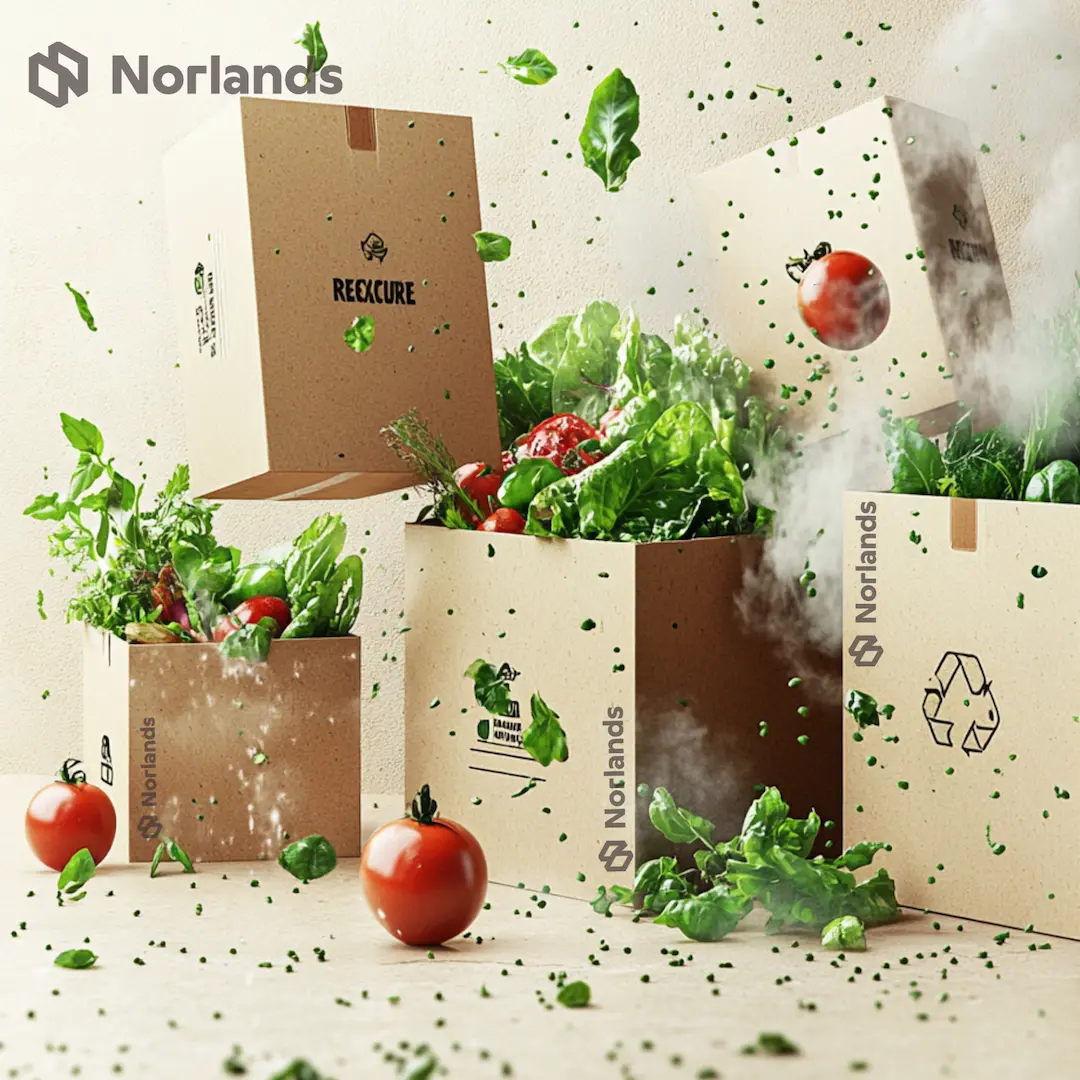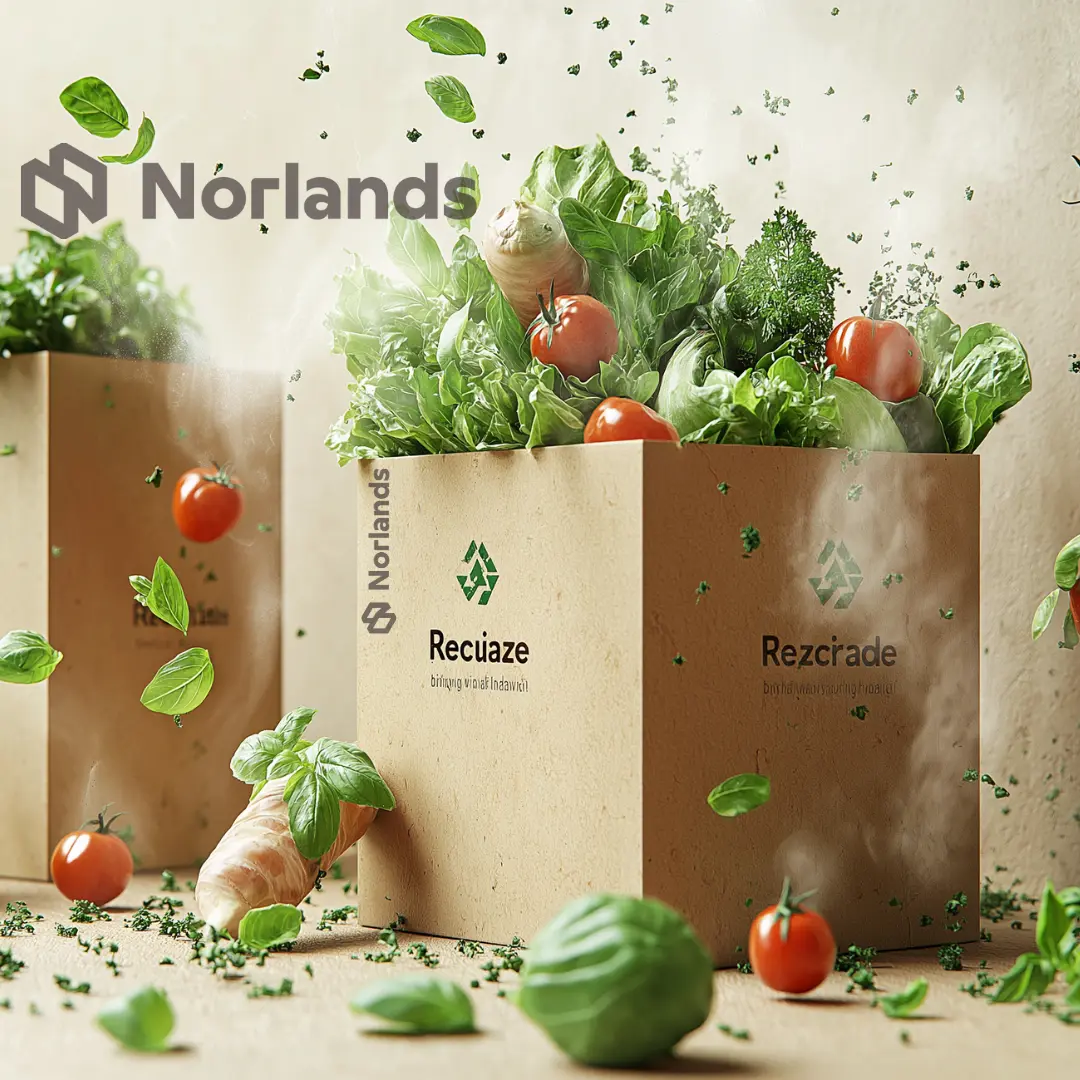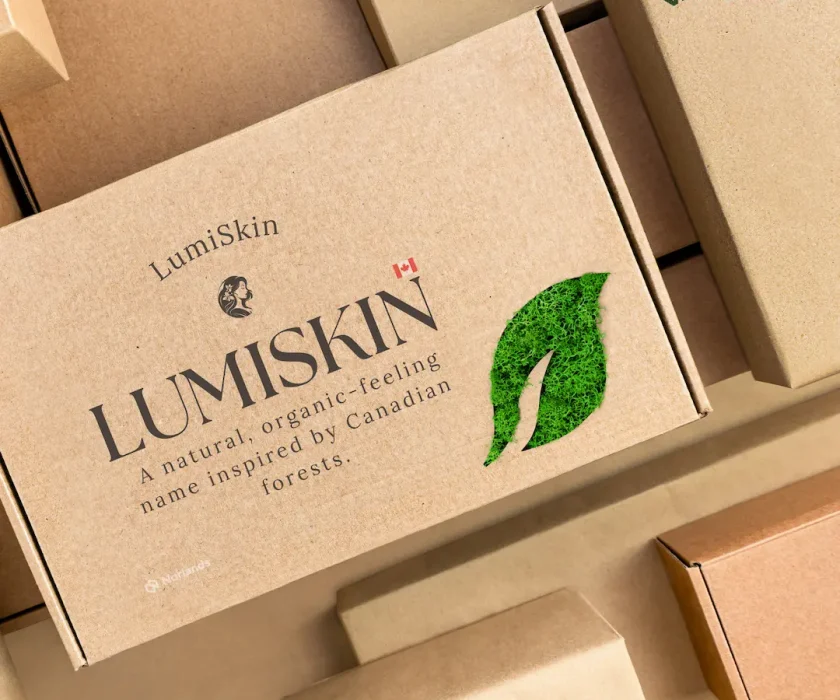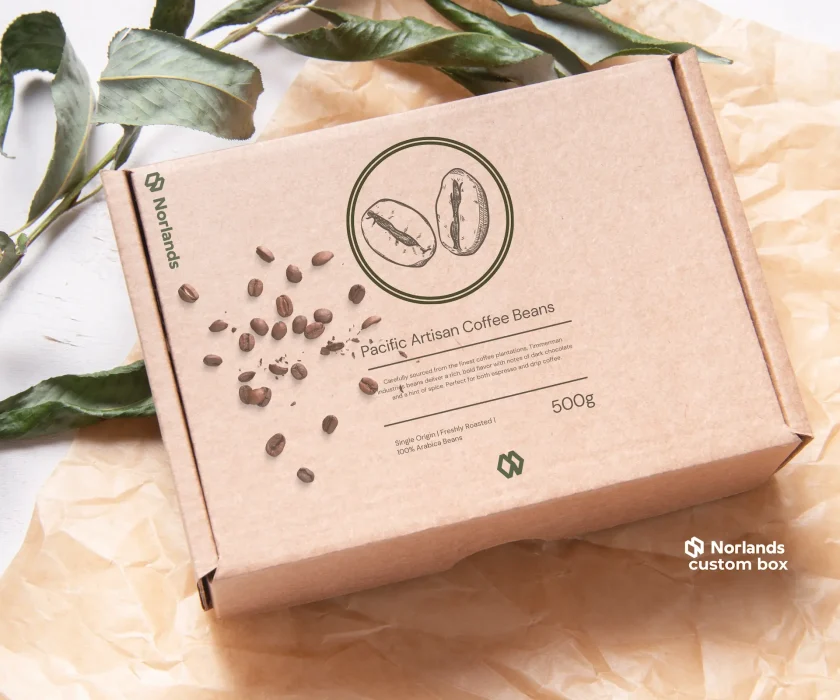
Food Packaging: 9 Amazing Strategies to Revolutionize Your Brand and Boost Sustainability
Introduction
Food packaging is no longer just about wrapping a product—it’s a powerful branding tool, a sustainability statement, and a vital part of your customer experience. In today’s competitive and eco-conscious marketplace, the right packaging can elevate your brand, extend shelf life, minimize waste, and meet the growing demand for transparency and innovation.
This guide unveils 9 amazing strategies to revolutionize your food packaging—strategies that blend smart design, sustainable materials, and cutting-edge technology. Whether you’re a small-scale artisan or a global food producer, these approaches will help you create packaging that not only protects your products but also tells your brand’s story, supports the planet, and delights your customers.
From reducing plastic to integrating intelligent labeling and custom aesthetics, each section offers actionable insights tailored to the evolving needs of modern food brands. Explore how to future-proof your packaging, cut costs, and lead with purpose—because with the right packaging, your product doesn’t just arrive safely—it makes a lasting impression.
Eco-friendly food packaging
“Food packaging is the enclosing of food for the purpose of protection from environmental factors that may cause contamination, damage, or decay in the process of transport, storage or selling. Insufficient protection shortens the food’s shelf-life, fails to maintain freshness and increases product loss.”
Eco-friendly meal containers is at the forefront of sustainable business practices. Companies are increasingly opting for packaging solutions that minimize environmental impact without sacrificing quality. By using recycled materials and biodegradable inks, it reduces waste and lowers the carbon footprint of your supply chain.
- Sustainability: Eco-friendly packaging relies on renewable resources that are both sustainable and cost-effective.
- Innovation: Modern eco-friendly solutions incorporate advanced technologies to ensure product protection.
- Market Appeal: Consumers are increasingly attracted to brands that demonstrate environmental responsibility.

Sustainable food packaging
Sustainable packaging for food is an essential element in modern supply chains. It focuses on long-term environmental responsibility by using materials and processes that conserve resources and minimize waste.It can be achieved through the use of renewable materials, energy-efficient production methods, and waste reduction strategies.
- Renewable Materials: Emphasizing plant-based plastics and recycled fibers helps reduce reliance on fossil fuels.
- Efficient Production: Sustainable food packaging often involves streamlined processes that reduce energy consumption and greenhouse gas emissions.
- Waste Reduction: By designing packaging for recyclability and reuse, businesses can drastically cut down on landfill contributions.

Adopting sustainable food containers is not only a smart move for the environment—it’s also a strategic way to position your brand as forward-thinking and responsible. This type of packaging protects your products, reduces your carbon footprint, and builds lasting trust with today’s eco-conscious consumers
Custom food packaging
Custom food packaging allows businesses to tailor their packaging to match brand identity and product requirements. Customization in food packaging is a powerful tool for differentiation, allowing you to create unique, memorable unboxing experiences that foster customer loyalty.
- Brand Identity: Custom food packaging can include personalized logos, colors, and designs that reflect your brand’s ethos.
- Product Fit: Tailor-made packaging ensures that your product fits perfectly, reducing damage and waste during transit.
- Marketing Impact: Eye-catching, custom designs can serve as a silent ambassador for your brand, communicating quality and innovation.

Custom food packaging is an investment in your brand’s image and customer experience. It enhances the overall presentation of your product and distinguishes your offerings from competitors, ensuring that every package tells your brand’s story.
Custom Food Packaging: Elevate Your Brand Identity
Custom food packaging is an investment in your brand’s image and the customer experience. In today’s competitive market, packaging is more than just a container—it’s a powerful branding tool that communicates your values, attention to detail, and product quality from the very first impression.
With custom food packaging, every box, sleeve, or wrap is tailored to reflect your unique brand identity. From eye-catching graphics and eco-conscious materials to clever structural design, custom food packaging allows you to create a memorable unboxing experience that builds emotional connection and loyalty with your customers.
Whether you’re a local café, a national meal delivery service, or an artisanal food producer, custom food packaging helps distinguish your offerings from competitors. It ensures that your products stand out on shelves or during delivery, reinforcing brand recognition and trust.
Moreover, custom food packaging gives you the flexibility to choose sustainable options, incorporate messaging about sourcing or ingredients, and adapt to seasonal promotions or limited-edition launches—all while keeping your packaging functional and aligned with your brand values.
Food packaging suppliers
Finding reliable food packaging suppliers is critical to maintaining a consistent and high-quality supply of packaging materials. Trusted suppliers offer a range of products that cater to various needs—from eco-friendly options to custom designs—and ensure that your packaging is produced to exact specifications.
- Reliability: Quality suppliers provide consistent, high-standard food packaging that meets industry regulations.
- Expert Consultation: Suppliers can offer advice on material selection, design options, and cost-effective solutions.
- Local Sourcing: Working with local food packaging suppliers can lead to faster turnaround times and reduced shipping costs.

Collaborating with reputable grocery packaging suppliers helps streamline your procurement process, ensuring you have access to the best materials and services available. This partnership is key to maintaining a competitive edge in today’s fast-paced market.
Biodegradable food packaging
Biodegradable food packaging is designed to break down naturally, reducing the environmental impact after disposal. This innovative approach to packaging for food is gaining traction as consumers and regulators alike demand more sustainable practices.”Cardboard — Sturdy and versatile, cardboard biodegradable packaging is an excellent choice for various food items. From takeaway boxes to cup sleeves, cardboard offers durability without compromising environmental considerations.”
- Environmental Impact: Biodegradable packaging for food reduces landfill waste and minimizes harmful residues.
- Material Innovation: Made from natural fibers, bioplastics, and other eco-friendly materials, these boxes decompose without leaving a significant environmental footprint.
- Regulatory Compliance: Many countries are enacting strict regulations on packaging waste, making biodegradable options increasingly important.
- Cardboard — Sturdy and versatile, cardboard biodegradable packaging is an excellent choice for various food items. From takeaway boxes to cup sleeves, cardboard offers durability without compromising environmental considerations.
By incorporating biodegradable food packaging, your brand can lead the way in environmental stewardship. This choice not only benefits the planet but also meets the growing consumer demand for responsible, sustainable practices in the food industry.
A Smart Step Toward Sustainability
Biodegradable packaging for food is rapidly becoming a preferred solution for environmentally conscious brands and consumers. Unlike traditional plastic options—which can take hundreds of years to break down—This type of packaging is designed to decompose naturally and safely into the environment. This reduces long-term waste, lowers carbon footprint, and supports a circular economy.
🌱 Why Biodegradable packaging for food Matters
-
Environmental Impact: It significantly reduces landfill accumulation and microplastic pollution. These materials break down through natural processes, often within months, leaving little to no harmful residue behind.
-
Material Innovation: Today’s biodegradable food packaging is made using advanced eco-materials such as:
-
Natural fibers (like sugarcane bagasse, wheat straw, and bamboo)
-
Bioplastics (PLA – derived from corn starch)
-
Recycled paper and cardboard
These options maintain food safety and freshness while minimizing environmental impact both during and after use.
-
-
Regulatory Compliance: Governments across the globe—including Canada—are enforcing stricter rules around single-use plastics and food packaging waste. Choosing biodegradable food packaging helps your business stay compliant while supporting sustainability goals.
📦 Cardboard: A Leader in this type of Packaging
Among all biodegradable materials, cardboard stands out as one of the most practical and scalable solutions in food packaging. It’s widely used in:
-
Takeout containers
-
Cup sleeves
-
Sandwich boxes
-
Bakery trays
-
Pizza cartons
Cardboard food packaging is not only durable and lightweight but also easily recyclable and printable—allowing brands to balance functionality, sustainability, and marketing appeal.
🌍 Consumer Expectations & Brand Advantage
Making the switch to biodegradable food packaging helps meet the growing consumer demand for brands that care about the planet. More customers today are actively choosing businesses that offer sustainable solutions—especially when it comes to food packaging. By adopting eco-conscious practices, your brand can:
-
Strengthen its green reputation
-
Increase customer loyalty and retention
-
Gain access to sustainability labels and certifications
Food packaging solutions
Food packaging solutions encompass a wide range of innovative approaches designed to protect products, enhance shelf life, and reduce waste. These solutions integrate advanced technology and creative design to meet the unique challenges of the food industry.
- Innovation: Food packaging solutions often feature smart technologies like temperature control and moisture regulation.
- Customization: Tailored solutions ensure that every package fits the product perfectly, minimizing damage and spoilage.
- Cost Efficiency: Efficient food packaging solutions help lower operational costs by reducing waste and streamlining logistics.
Food packaging solutions are essential for businesses looking to optimize their logistics and enhance product safety. By embracing modern, versatile solutions, you can ensure that your food packaging is not only effective but also adaptable to changing market demands.
Why Do We Use So Much Food Packaging?
In ancient history, humans used to consume food from where it was found. There were no grocery shops, takeaway and delivery services, and almost no imports and exports of food on a global scale. But things changed rapidly in the 20th century. Suddenly, countries began shipping produce from one end of the world to the other; supermarkets in the US started selling Southeast Asian tropical fruits; China depended on Brazil for its soybean supplies; and European countries were importing coffee from Africa. The emergence and subsequent surge in international shipping of food staples led to a revolution in the packaging sector.
Food packaging materials
Choosing the right materials of food packaging is crucial for ensuring product safety, longevity, and consumer appeal. The selection of materials plays a vital role in determining the performance of your food packaging.
- Material Options: Common materials include paper, cardboard, plastics, and biodegradable alternatives.
- Safety Standards: High-quality food packaging materials must comply with health and safety regulations to prevent contamination.
- Sustainability: Increasingly, manufacturers are opting for recyclable or eco-friendly materials that align with sustainable practices.
The right packaging materials ensure that your products remain fresh and protected throughout the supply chain. They also play a significant role in reducing environmental impact, making your overall food packaging strategy more sustainable and cost-effective.
Packaging for food products
Packaging for food products is more than just a container—it’s an integral part of your brand’s communication strategy. Effective packaging for food products not only protects the contents but also conveys quality, safety, and freshness.
- Consumer Trust: High-quality packaging builds trust, ensuring customers feel confident in the product’s safety and quality.
- Visual Appeal: Attractive packaging can significantly influence purchasing decisions.
- Functionality: Good packaging design ensures that food products are easy to transport, store, and use.
Investing in innovative packaging for food products helps differentiate your offerings in a crowded market. It’s a critical factor in customer satisfaction, driving repeat purchases and fostering brand loyalty.
Recyclable food packaging
Recyclable food packaging plays a crucial role in reducing waste and conserving natural resources. As environmental concerns grow, more businesses are turning to recyclable options to enhance their food packaging strategy.
- Environmental Benefits: Recyclable packaging for food minimizes landfill waste and promotes a circular economy.
- Cost Savings: Recycling programs can reduce material costs over time and improve overall operational efficiency.
- Consumer Appeal: Eco-conscious consumers increasingly prefer brands that utilize recyclable packaging, reinforcing positive brand perception.
By integrating recyclable foodservice packaging into your operations, you can demonstrate a commitment to sustainability while enhancing your brand’s reputation. This approach ensures that your food boxes remains functional and environmentally responsible throughout its lifecycle.
In-Depth Analysis and Industry Trends
The food packaging industry is evolving rapidly, driven by technological innovation, consumer demand for sustainability, and regulatory pressures. Recent trends include digital printing for high-quality graphics, the use of eco-friendly materials, and the incorporation of smart technologies that monitor product conditions.
Key Trends
- Digital Printing: This technology allows for vibrant, customizable designs that elevate the look of Food containers.
- Sustainable Materials: A shift towards recycled and biodegradable materials is reshaping the market, ensuring that food packaging is environmentally friendly.
- Automation: Advanced manufacturing processes are reducing costs and improving production efficiency for Packaged food solutions.
- Smart Packaging: Integrated sensors and tracking systems provide real-time monitoring of product conditions during transit.
Staying updated with these trends is essential for businesses to remain competitive. For industry forecasts and detailed analysis, refer to Packaging Digest and Sustainable Brands.
As the landscape of Recyclable containers for food continues to evolve, investing in innovation and sustainability will not only enhance product safety but also drive customer satisfaction and long-term success.
Frequently Asked Questions (FAQ)
What is meant by “food packaging”?
Food packaging refers to the materials and methods used to contain, protect, and preserve food products during storage, transport, and sale. It includes everything from the design and materials to the printing and functionality of the packaging.
How can effective food packaging benefit my business?
Using effective Packaging for food products can reduce product damage, enhance shelf life, improve customer satisfaction, and promote your brand through attractive design and eco-friendly practices.
Are there eco-friendly options available in food packaging?
Yes, many companies now offer eco-friendly meal packaging that uses recycled, biodegradable, or renewable materials to reduce environmental impact while maintaining product safety and quality.
Can I customize food packaging to match my brand?
Absolutely. Custom Culinary packaging allows you to tailor the design, size, and functionality to meet your product needs and reflect your brand identity, creating a unique and memorable customer experience.
Conclusion
Transform Your Brand with Innovative Food Packaging
Food packaging is more than just a protective layer—it’s a vital asset in defining your brand, ensuring product integrity, and aligning with consumer values. In this comprehensive guide, we explored 9 innovative strategies that include eco-friendly food packaging, sustainable food packaging, and recyclable food packaging—all designed to revolutionize how you present, preserve, and promote your food products.
By investing in high-quality, purpose-driven packaging, you not only enhance product safety and shelf life but also appeal to the growing segment of eco-conscious consumers who demand ethical and environmentally responsible practices. Smart packaging decisions reduce waste, improve logistics, and create memorable unboxing experiences that differentiate your brand in a crowded marketplace.
Choose the right packaging solutions today—and turn every package into a powerful story of quality, sustainability, and brand excellence.




